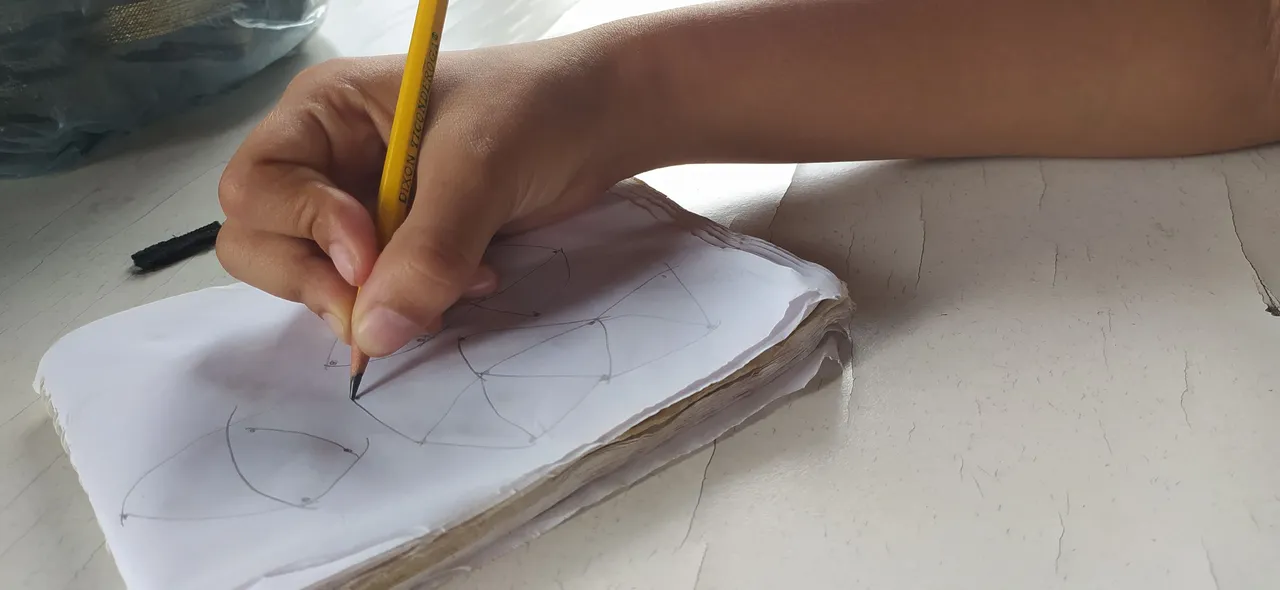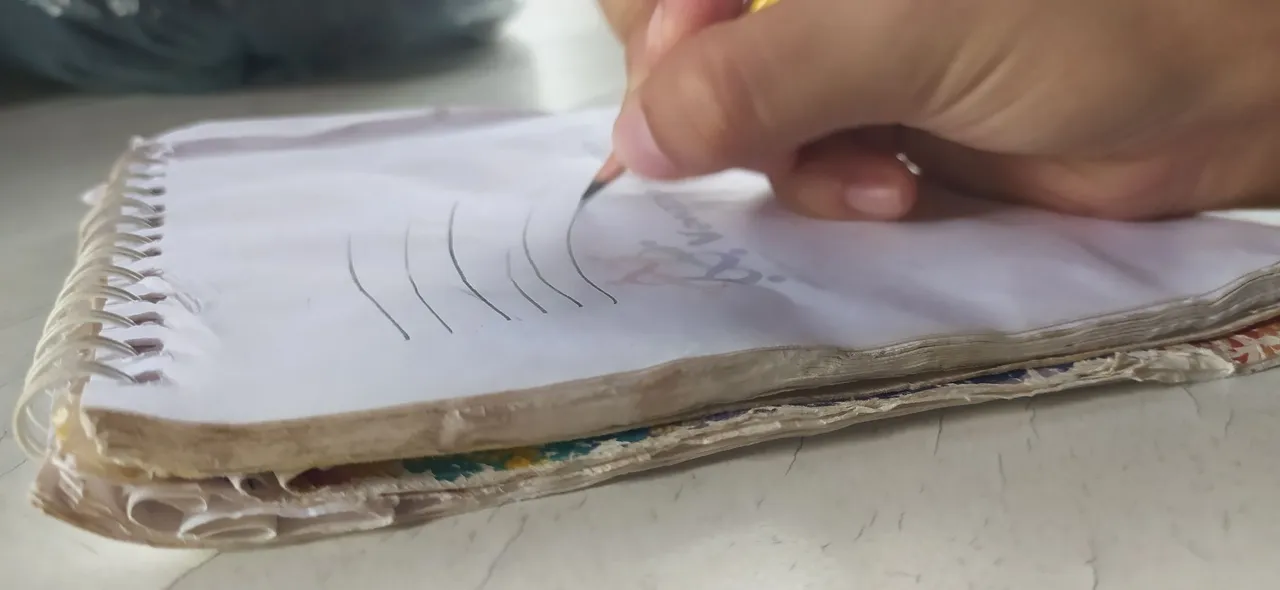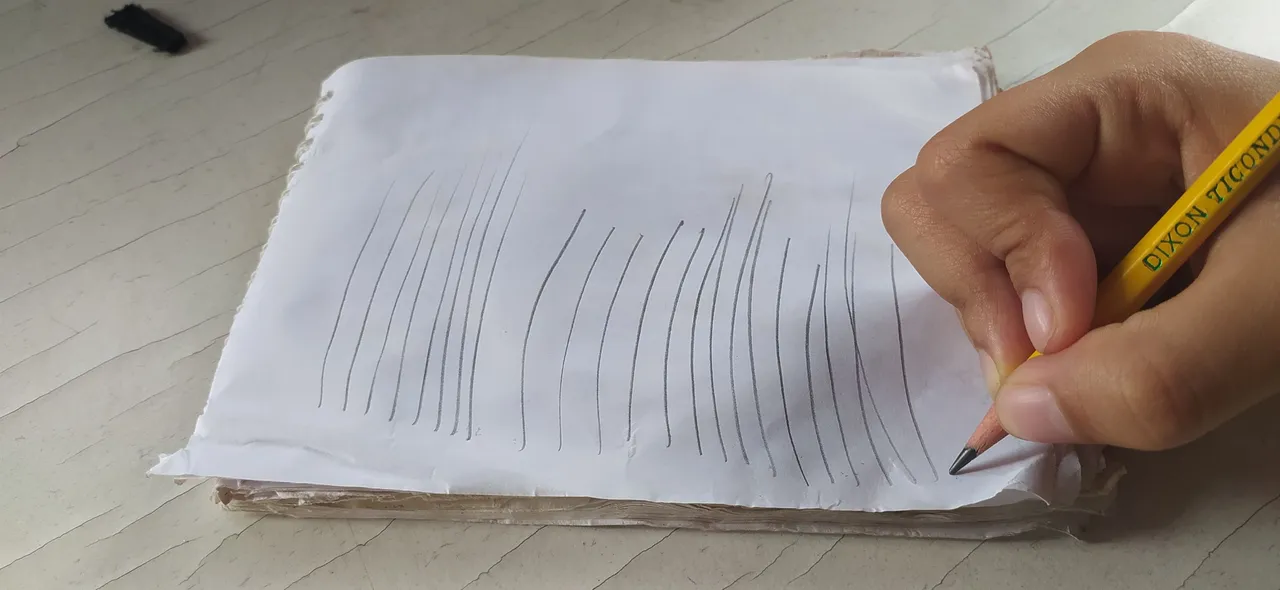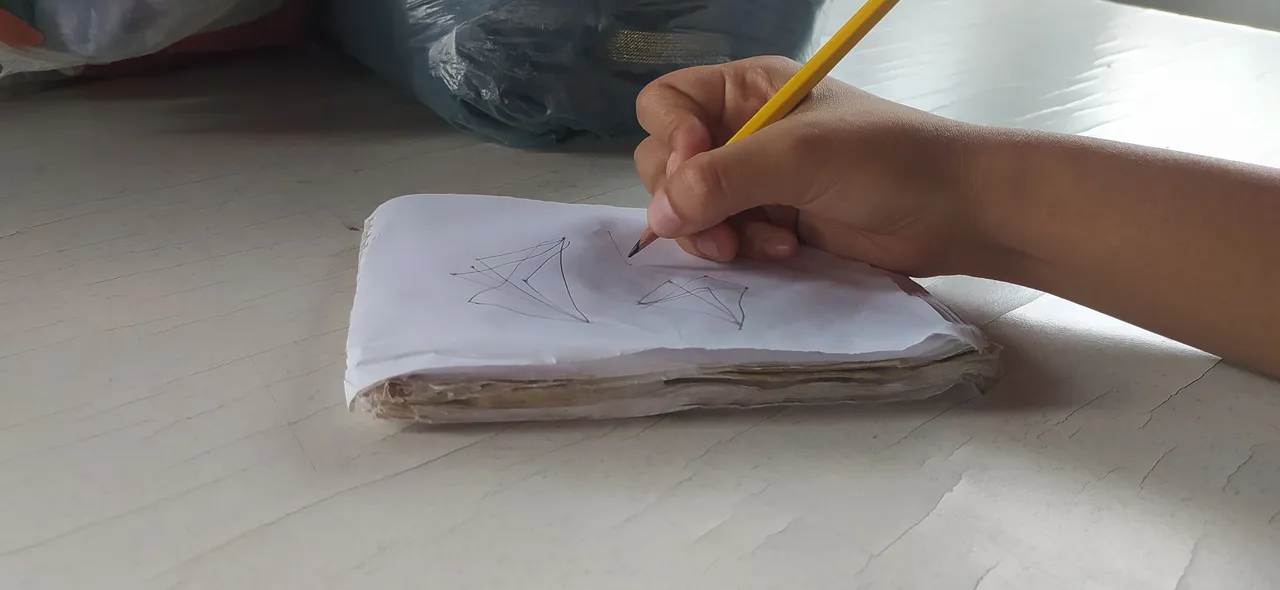
Desde que Epilé mis cejas por primera vez a los 14 años, entendí que me llamaba la atención la estética, rama de la filosofía que estudia la percepción y la esencia de la belleza y el arte. Desde ese entonces he aprendido y practicado muchas cosas de ella pero aún no he tenido la oportunidad de estudiarlo más a fondo sin embargo me he enfocado y he tomado la decisión de buscar y conseguir herramientas para mejorar en éste ámbito.
Since I first plucked my eyebrows at the age of 14, I understood that aesthetics, a branch of philosophy that studies the perception and essence of beauty and art, called my attention. Since then I have learned and practiced many things about it but I have not yet had the opportunity to study it more in depth, however I have focused and I have made the decision to seek and get tools to improve in this area.
Todo comienza desde un punto,el punto es el inicio de todo o el final,todo se crea desde un punto o termina con uno,al empezar a escribir o dibujar sobre una hoja empiezas con un punto y la continuas con una línea hasta el final que la terminas con un punto,al terminar una oración la culminas con un punto,si ves algo desde muy lejos lo puedes percibir como un punto,el punto es el inicio de todo o el final. La línea es la continuidad del punto,es con lo que uno desea desarrollar y continuar la idea,todo contiene líneas,todo se desarrolla con líneas,desde las letras,los bailarines,la fotografía,las partituras,las arquitecturas,todo arte o idea se desarrolla con una línea, observalo y la encontrarás. Todo punto que da el inicio hacia la continuidad de una línea se plasma sobre el espacio de toda posibilidad,es decir el plano es el soporte de toda idea,el entorno en donde se plasma la idea,este plana puede ser un lienzo en blanco para un pintor,puede ser el lugar en donde se exhibirá una escultura o el teatro en dónde se presentaran unos bailarines. Las líneas que trabajan los artistas plásticos lo hacen desde tres formas y tamaños distintos,desde la muñeca,el codo y el hombro,cuando se trabajan los trazos, desde la muñeca son trazos más cortos,desde el hombro son trazos medianos y desde el hombro son trazos mucho más largos.
Autor de la teoria Kandisnky
Everything starts from a point, the point is the beginning of everything or the end, everything is created from a point or ends with one, when you start writing or drawing on a sheet you start with a point and continue with a line until the end that you finish with a point, when you finish a sentence you finish it with a point, if you see something from far away you can perceive it as a point, the point is the beginning of everything or the end. The line is the continuity of the point, is what you want to develop and continue the idea, everything contains lines, everything is developed with lines, from the letters, dancers, photography, scores, architectures, all art or idea is developed with a line, observe it and you will find it. Every point that gives the beginning towards the continuity of a line is reflected on the space of every possibility, that is to say, the plane is the support of every idea, the environment where the idea is reflected, this plane can be a blank canvas for a painter, it can be the place where a sculpture will be exhibited or the theater where some dancers will perform. The lines that plastic artists work with are made from three different shapes and sizes, from the wrist, the elbow and the shoulder, when the strokes are worked, from the wrist they are shorter strokes, from the shoulder they are medium strokes and from the shoulder they are much longer strokes.
Author of the theory Kandisnky
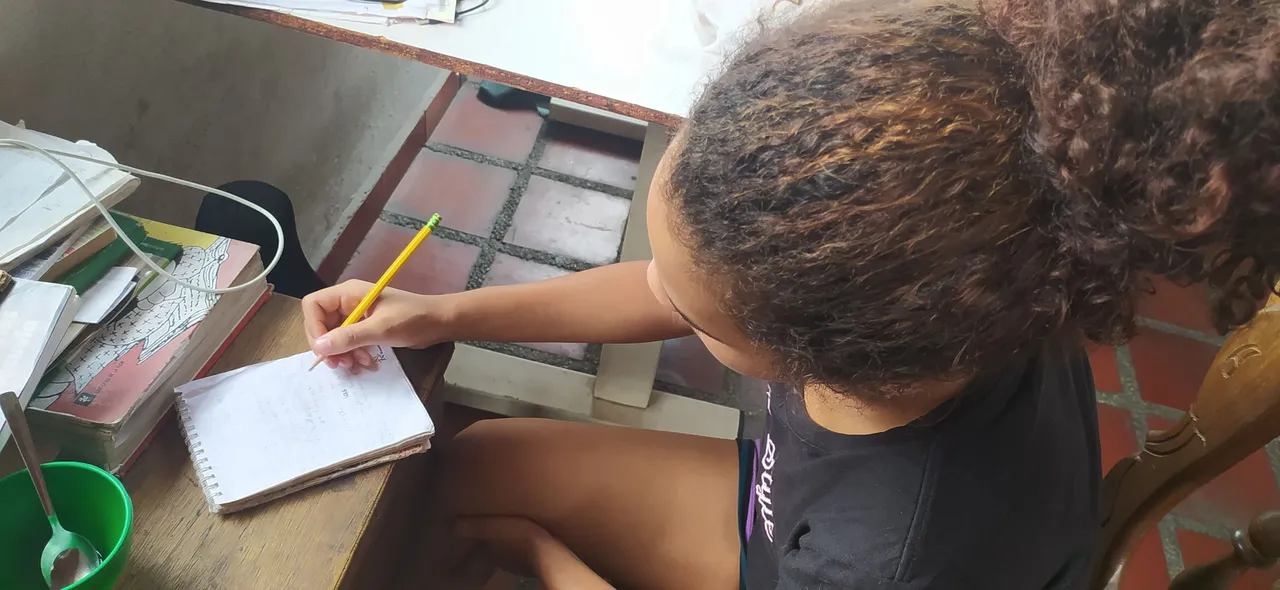
En el arte de la estética todo esto del punto,línea y plano se aplica de manera que en diferentes áreas de la estética facial la desarrollas tal y como lo explica la teoría e incluso hasta algunos ejercicios de dibujos que usan los artistas plásticos ya que en los diferentes ramos de la estética facial requiere de precisión y soltura de la muñeca (anatomía),lo mismo que requieren los artistas plásticos. En el área de cejas (que es una de las tantas ramas de la estética facial) requieres de esta precisión y soltura para el diseño de cejas,la epilación de las mismas y la pigmentación de estás ya que todos estos comienzan en el plano (el rostro) con un punto y continúan con una línea armoniosa. En el maquillaje,otra área de la estética facial,recurres al mismo plano, comienzas con un punto y una línea armoniosa, ejemplo,al empezar a maquillar empiezas con un punto de base de maquillaje,difuminas la base con una línea continua de la misma,repites el mismo proceso hasta que quede todo armonioso. Hay muchas ramas de la estética y la estética facial que usan esta teoría como base o principios,poco a poco les iré mostrando las diferentes áreas y profundizando en ellas,así me acompañan al crecimiento de conocimiento y profesionalismo que lleva ésta área de ocupación.
In the art of aesthetics all this point, line and plane is applied so that in different areas of facial aesthetics you develop it as explained in the theory and even some drawing exercises used by plastic artists because in the different branches of facial aesthetics requires precision and fluency of the wrist (anatomy), the same as required by plastic artists. In the area of eyebrows (which is one of the many branches of facial aesthetics) requires this precision and fluency for the design of eyebrows, the epilation of the same and the pigmentation of these as all these begin in the plane (the face) with a point and continue with a harmonious line. In makeup, another area of facial aesthetics, you resort to the same plane, you start with a point and a harmonious line, for example, when you start to apply makeup you start with a point of foundation, you blend the foundation with a continuous line of the same, you repeat the same process until everything is harmonious. There are many branches of aesthetics and facial aesthetics that use this theory as a basis or principles, little by little I will show you the different areas and deepening in them, so I accompany the growth of knowledge and professionalism that leads to this area of occupation.
Aquí empecé a realizar algunos ejercicios para mejorar los trazos y tener más precisión.
Here I started to do some exercises to improve my strokes and have more precision.
Empecé con líneas de inicio grueso y con final delgado.
I started with thick starting lines and thin ending lines.
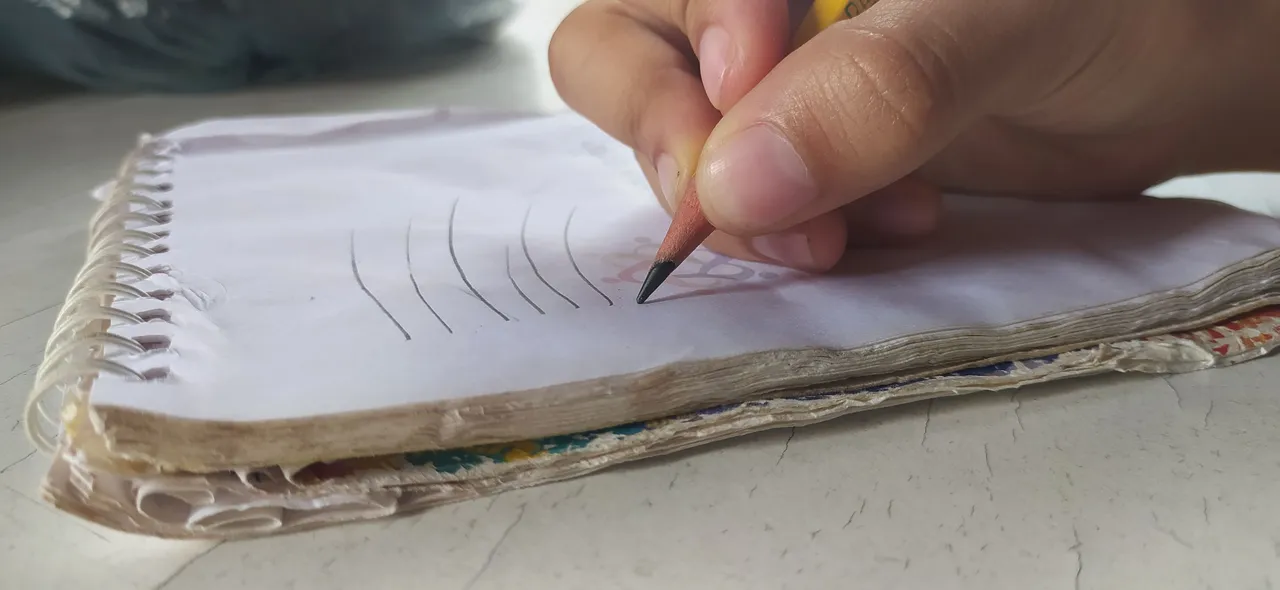
Seguidamente realice líneas con inicio delgado y final grueso.
Then make lines with a thin beginning and a thick end.

El segundo ejercicio de trato de realizar un punto(.) En el inicio y el final de una línea,luego colocar otro punto en cualquier lugar de la hoja y así unir los puntos,se realiza éste mismo procedimiento cuántas veces lo desees, éste ejercicio ayuda a la precisión al hacer llegar la línea hasta el punto.
The second exercise is about making a dot (.) at the beginning and end of a line, then place another dot anywhere on the sheet and join the dots, this same procedure is done as many times as you want, this exercise helps the accuracy to get the line to the point.
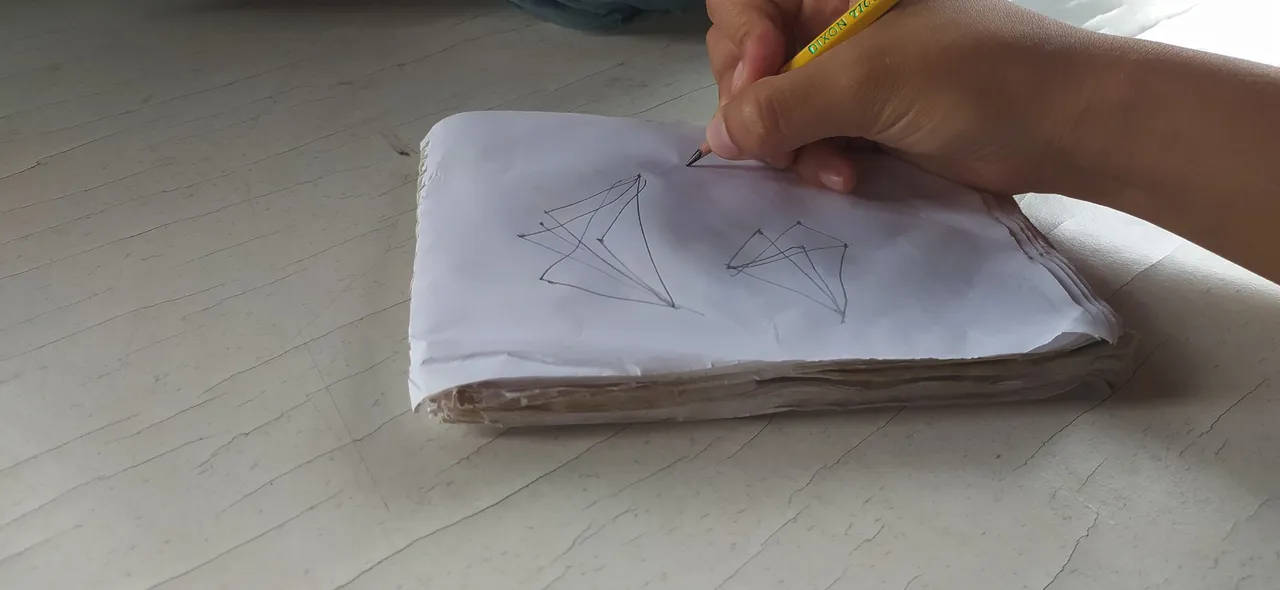
En la variación de éste ejercicio,la línea que sale desde el punto tiene que rodear el siguiente punto con una línea curva.
In the variation of this exercise, the line leaving the point must go around the next point with a curved line.

